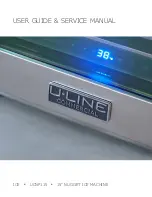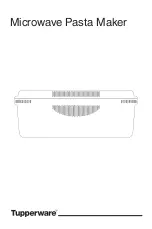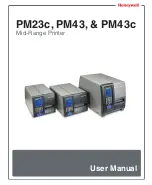
CAUTION
To prevent electrical shock, unplug the unit before cleaning. Wait until the Breadmaker has cooled prior to cleaning.
Do not immerse or splash either the body or lid in any liquid as this may cause damage and/or electric shock.
For best performance and maintenance, it is recommended to clean the Breadmaker after each use as
follows:
Outer Body, Lid, and Inner Case:
Wipe the lid and outer body of the unit with a damp cloth or slightly dampened
sponge. Use a damp sponge or cloth to wipe out any flour, crumbs, or other
materials from the inner case.
Baking Pan and Kneading Blade
Both the Baking Pan and Kneading Blade have a non-stick coated surface. Do not use any harsh cleansers, abrasive
materials or utensils on these parts that may scratch their surfaces. Over time, the non-stick surface may change
in appearance due to moisture and steam. This is normal and has no effect on its use or quality.
Remove the Baking Pan and Kneading Blade from the inner case before cleaning. Wipe the outside of the Baking
Pan with a damp cloth. NEVER SUBMERGE THE BAKING PAN in water. You may hand wash the inside of the
Baking Pan with soapy water. If the Kneading Blade gets stuck on its shaft, fill the Baking Pan with hot water and
soak it for about 30 minutes or until it loosens and can be removed easily. If the hole in the Kneading Blade becomes
clogged, carefully clean it out with a wooden or plastic toothpick.
Paint Thinner
Benzine
Steel Wool
Pads
Polishing
Powders
Chemicals
Dust cloth
CAUTION:
None of the Breadmaker parts are dishwasher safe. DO NOT place the Baking Pan or Kneading Blade in the
dishwasher.
Special care for the non-stick finish.
Avoid damaging the coating. Do not use metal utensils such as spatulas, knives or forks. The
coating may change colour after long use; this is only caused by moisture and steam and will
not affect the performance of the unit or quality of your bread.
CARE AND CLEANING
11
-
-
-
-
-
-
-
-













































